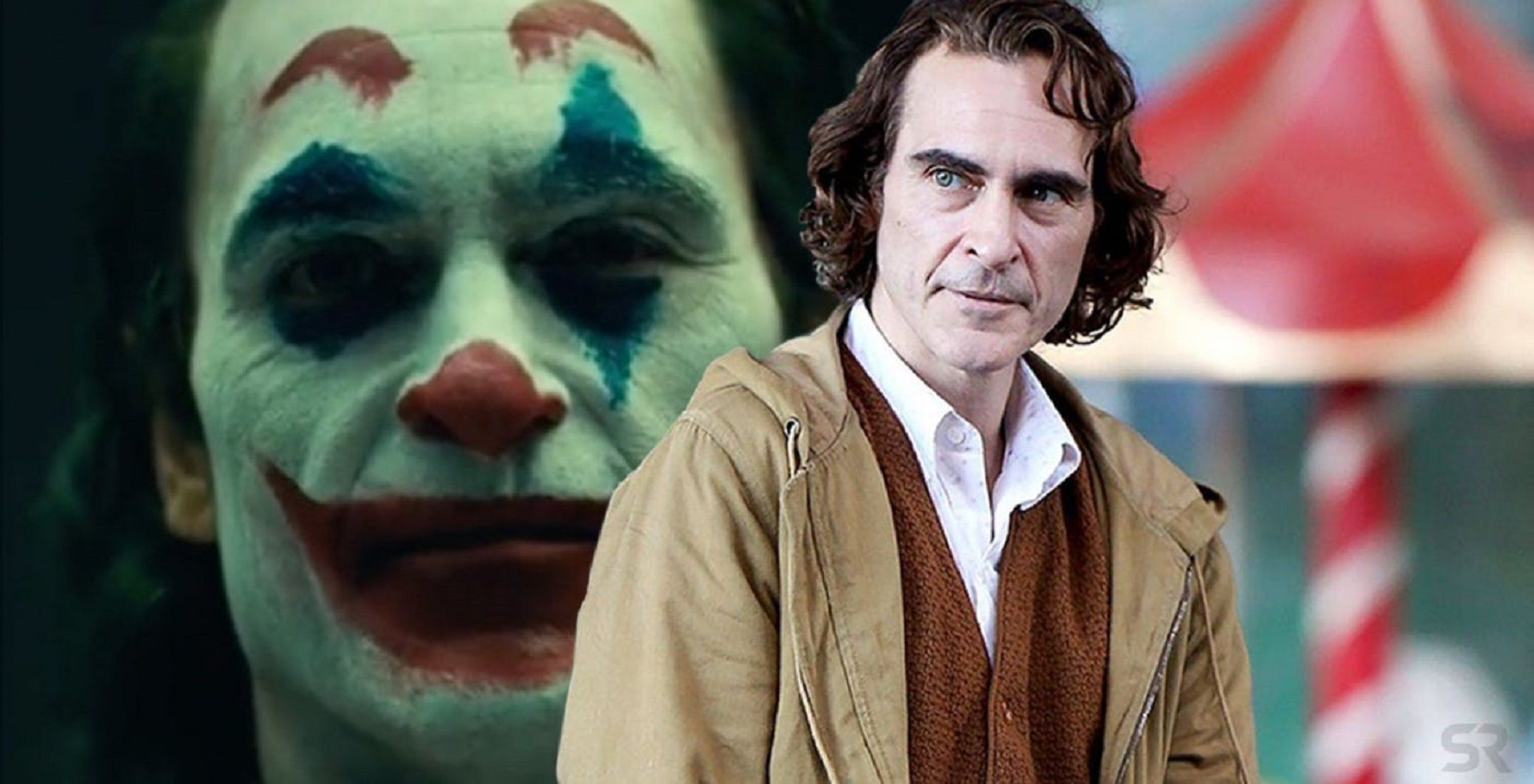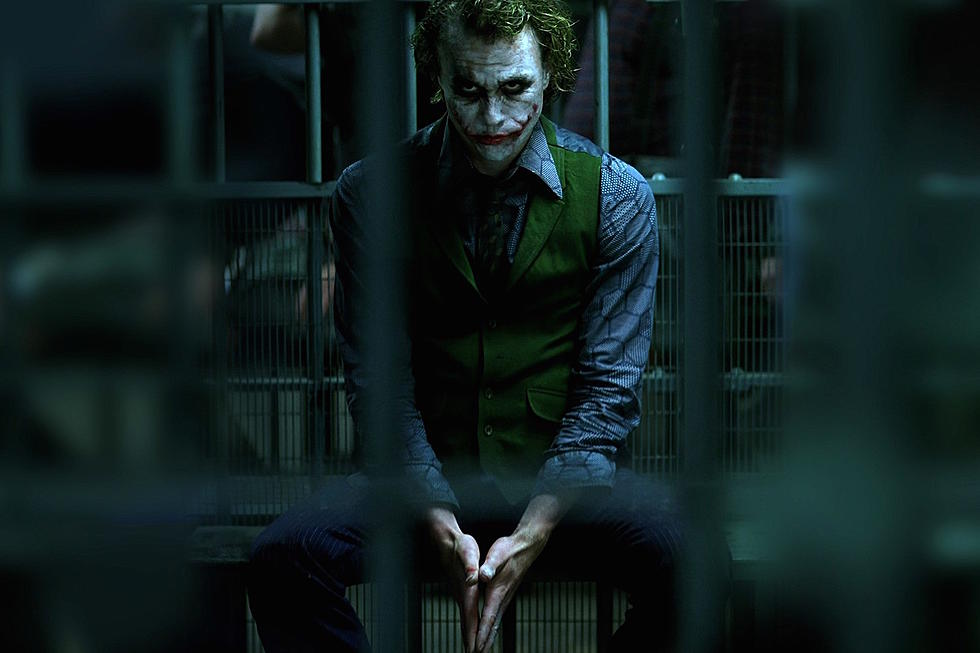I went to see the film Joker on its opening weekend.

I took my brother, who is doing A Level Media Studies and he even gave me some interesting points to consider for this blog post, including relating this particular character of the Joker with previous portrayals of the character and how society was responsible for making the Joker in the film. Just to note SPOILERS ahead. Analysis of film in PART TWO post.
I took my brother, who is doing A Level Media Studies and he even gave me some interesting points to consider for this blog post, including relating this particular character of the Joker with previous portrayals of the character and how society was responsible for making the Joker in the film. Just to note SPOILERS ahead. Analysis of film in PART TWO post.


Left: Joker US Cinema Poster. Right: Joker and Arthur.
Adaptation of Character:
The character of the Joker was created in the 1940s by Bill Finger, Bob Kane, and Jerry Robinson for DC Comics. He first appeared in 'Batman #1' on the 25th of April in 1940.The Joker is the "Crown Prince of Crime", the iconic "Archnemesis" of Batman and one of the most interesting supervillains created (and that's not just my opinion).
For this particular adaptation, the premise was taken from the Graphic Novel: 'Batman: The Killing Joke' (1988), but for Todd Phillips, this was only for the basis of the film, not adapting the story.
Appearance in Film and TV:
The character of the Joker has appeared in many an adaptation in the Film and Television industry.Portrayals include Jack Nicholson, Heath Ledger (RIP) and of course, Mark Hamill! (We don't talk about Jared Leto, uttering his name is like saying Bloody Mary in the mirror three times).

Left: Jack Nicholson in Batman (Tim Burton, 1989), Middle: Heath Ledger in The Dark Knight (Christopher Nolan, 2008), Right: Joaquin Phoenix in Joker (Todd Phillips, 2019).
Above: Mark Hamill has voiced the character of the Joker for 27 years.
Film:
- Batman: Mask of the Phantasm (1993)
- Batman Beyond: Return of the Joker (2000)
- Batman: New Times (2005)
- Batman: The Killing Joke (2016)
TV:
- Batman: The Animated Series (1992-1994)
- The New Batman Adventures (1997-1999)
- Superman: The Animated Series (1997)
- Static Shock (2002)
- Justice League (2002-2003)
- Birds of Prey (2002)
- Robot Chicken (2005-2012)
- Justice League Action (2016-2018)
- Scooby-Doo and Guess Who? (2019)
- The Adventures of Batman and Robin (1994)
- Batman: Vengence (2001)
- Batman: Arkham Asylum (2009)
- DC Universe Online (2011)
- Batman: Arkham City (2011)
- Batman: Arkham City Lockdown (2011)
- Batman: Arkham Knight (2015)
- Lego DC Super-Villains (2018)
COMPARING JOKERS:
Should we compare?Nicholson's portrayal of the Joker:
- Film: Batman (Tim Burton, 1989)
- One of the most iconic Joker's.
- It is said that Nicholson "breathed new life" into the character of the Joker.
- The character of Jack Napier becomes the Joker in Batman.
- Nicholson brought darkness to the character, compared to Cesar Romero's Joker in 1966
- True to the comic book character - brightly coloured suits, well-timed jokes and one-liners.
- Nicholson's joker had a backstory, although compared to Joker (Phillips, 2019) who's entire film is dedicated to the backstory of the Joker (Arthur Fleck portrayed by Phoenix).
- Nicholson's Joker played well off of Michael Keaton's Batman and complimented him. In a flashback in the film, Napier kills Bruce Wayne's parents in cold blood, leaving Bruce alone and the main reason he becomes Batman. Batman says to Joker: "I made you, you made me first".
- The Joker in this film stole the entire show (even though Keaton's Batman is considered as one of the best)
- Iconic Laugh of the Joker was pulled off well, although compared to Ledger and Hamill a lot.

Ledger's portrayal of the Joker:
- Film: The Dark Knight (Christopher Nolan, 2008). Second film/middle film in The Dark Knight trilogy.
- Ledger's psychotic portrayal of the Joker left the audience at the edge of their seats while watching this adaptation of the character. A criminal mastermind and Mass Murderer.
- Themes of the character: Chaos, anarchy and obsession.
- A joker playing card is left at the scene of the crime of Thomas and Martha Wayne's murder, Gordon shows this to Batman referencing Batman Begins (Nolan, 2005).
- The unpredictability of the character is what is most shocking to audiences worldwide.
- Voice wise, Ledger varied in tones and pitches, creating an eerie feel.
- Traditional Purple and Green colours.
- The backstory of his smile: The GLASGOW SMILE, where a wound is caused after cuts made to the side of the victim's mouth - leaving a scar in the shape of a smile.
- Questions were raised in regard to Ledger's death and his role as the Joker. Were they linked? That is a whole other topic.
- Ledger was awarded the Academy Award for Best Supporting Actor posthumously for his role.
- A lot of people will say that Ledger is the best Joker and how he is the most iconic. Is this still true after the release of Joker (Phillips, 2019)?

Hamill's portrayal of the Joker:
- Although Hamill's portrayal is only through voice acting, some people believe that his version of the Joker is the best. (He's my favourite Joker!)
- After watching the Joker (Phillips, 2019), Hamill praised Phoenix for his performance,
- Mark Hamill's portrayal of the Joker is all through VOICE.
- Through his voice acting, Hamill was able to portray the Joker just as he should be crazy, psychotic and frightening.
- Hamill's laugh of the Joker made his portrayal iconic!
- Because it is only his voice, Hamill has been able to portray the character for the last 27 years.

Phoenix's portrayal of the Joker:
- Phoenix makes the character REALISTIC. He is humanised and we are able to follow him through the misery that society puts him through. Also, depicting Mental Illness in this adaptation, especially in the current climate, is a real insight.
- He didn't need Batman. A very young Bruce Wayne appears, and the murder of his parents happen, but this is a good twenty years or so before Batman.
- Addressing MENTAL ILLNESS - set in the early 80's, where mental illness was barely talked about because of the stigma, Fleck finds it hard to find help. Phillips (director) gave Fleck a real mental illness, Pseudobulbar Affect (YES, I have done my research!), which eventually turns into the iconic Joker laugh.
- Phoenix created a COMPLEX character - Living in poverty with his mother, who is ill, is enough stress for anyone. His job as a Party Clown is going nowhere. He is always being humiliated. He just wants to be liked, to find love and to feel like he matters.
- This adaptation address TOPICAL PROBLEMS, such as poverty. Arthur Fleck lives with his mother in the poorest part of Gotham, barely surviving. The rich thrive, while the poor die.
- This particular adaptation of the Joker shows the audience how a person living in a society, where he needs help and doesn't get it. Fleck needs help, serious help. Is it true to say the society turned him into the Joker? Is it society's fault for failing Fleck? Is it Thomas Wayne's fault?
I will be discussing this adaptation in more detail in the next post!


No comments:
Post a Comment